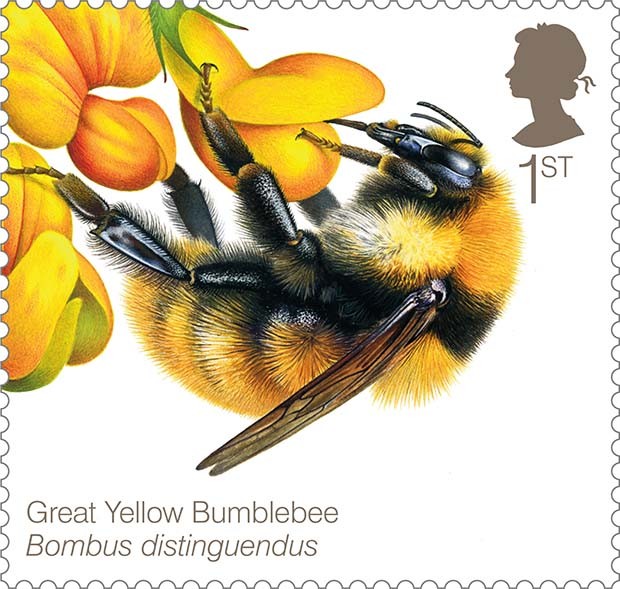We explore synergistic mortality between a neonicotinoid (clothianidin) and an ergosterol-biosynthesis-inhibitor fungicide (propiconazole) in three bee species (A. mellifera, Bombus terrestris, Osmia bicornis) following oral exposure in the laboratory. We developed a new approach based on the binomial proportion test to analyze synergistic interactions. We estimated uptake of clothianidin per foraging bout in honey bees foraging on seed-coated rapeseed fields. We found significant synergistic mortality in all three bee species exposed to non-lethal doses of propiconazole and their respective LD10 of clothianidin. Significant synergism was only found in the first assessment times in A. mellifera (4 and 24 h) and B. terrestris (4 h), but persisted throughout the experiment (96 h) in O. bicornis. Osmia bicornis was also the most sensitive species to clothianidin. Our results underscore the importance to test pesticide combinations likely to occur in agricultural environments, and to include several bee species in environmental risk assessment schemes.
Source: Fabio Sgolastra et al. 2017. Pest Management Science 73:1236–1243

- Login om te reageren
